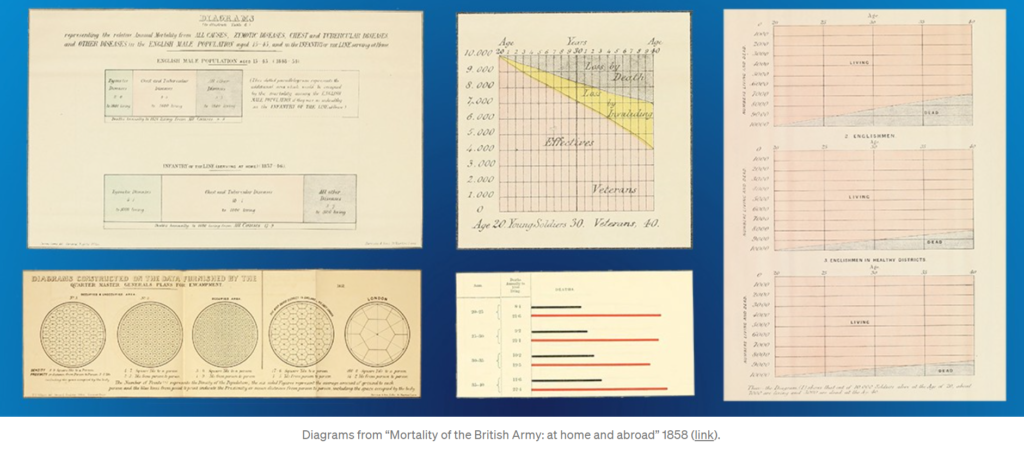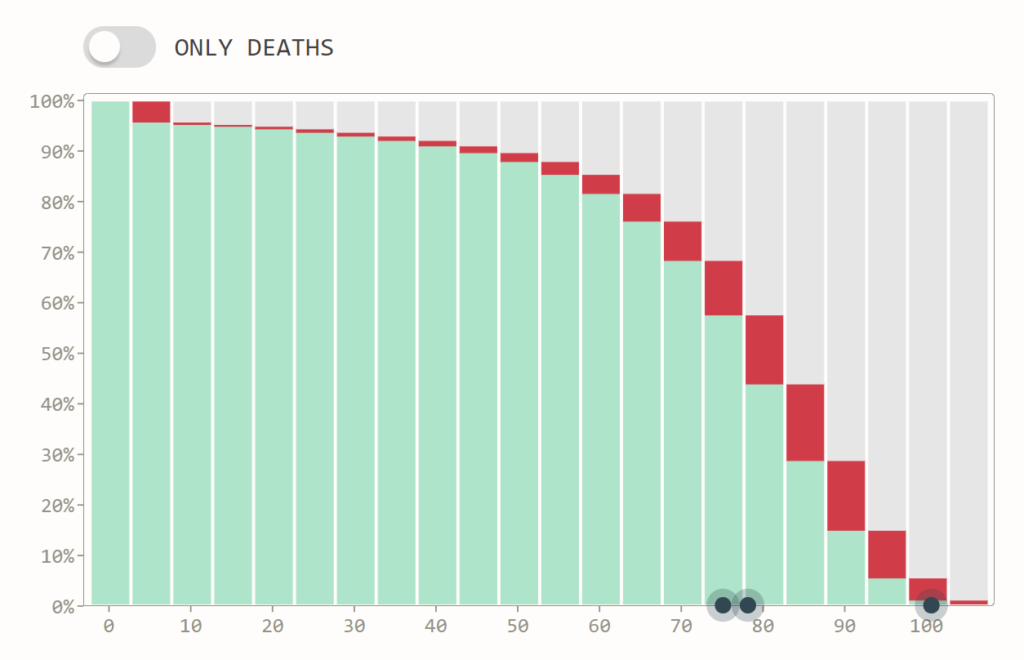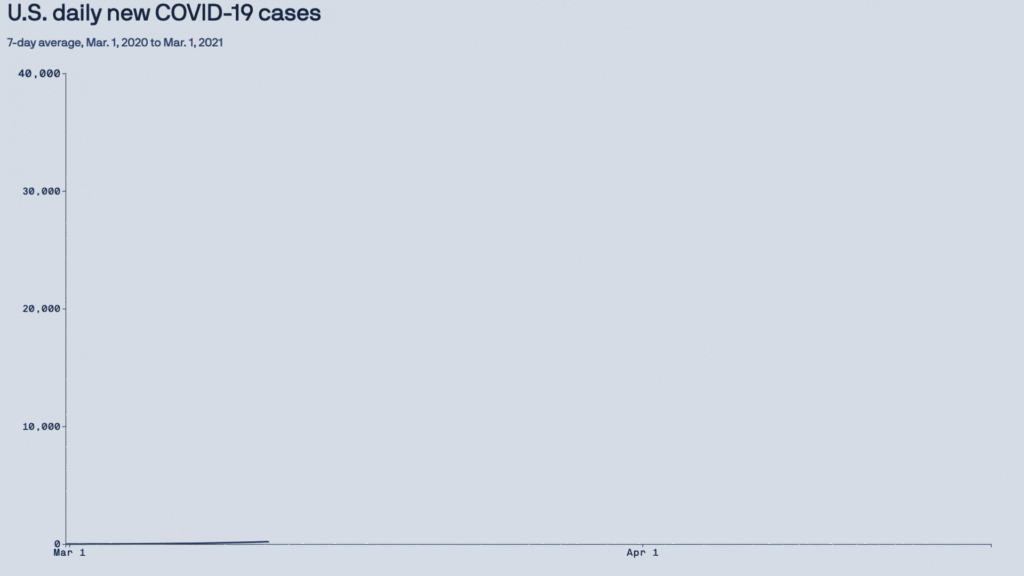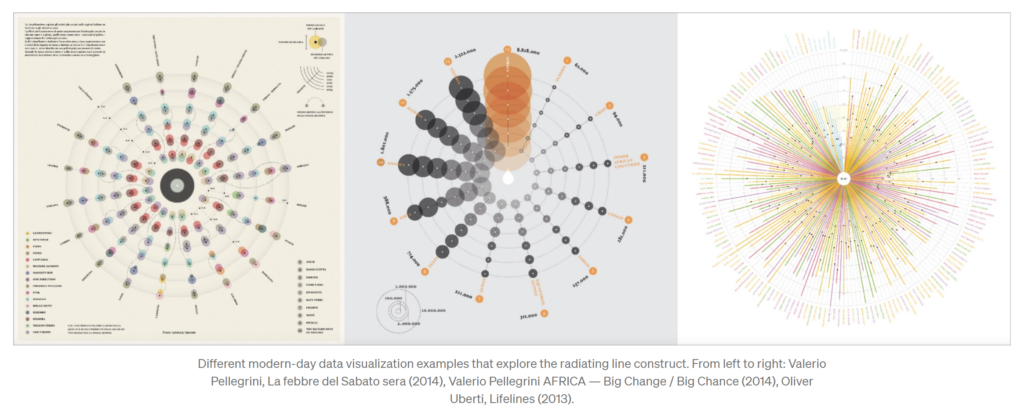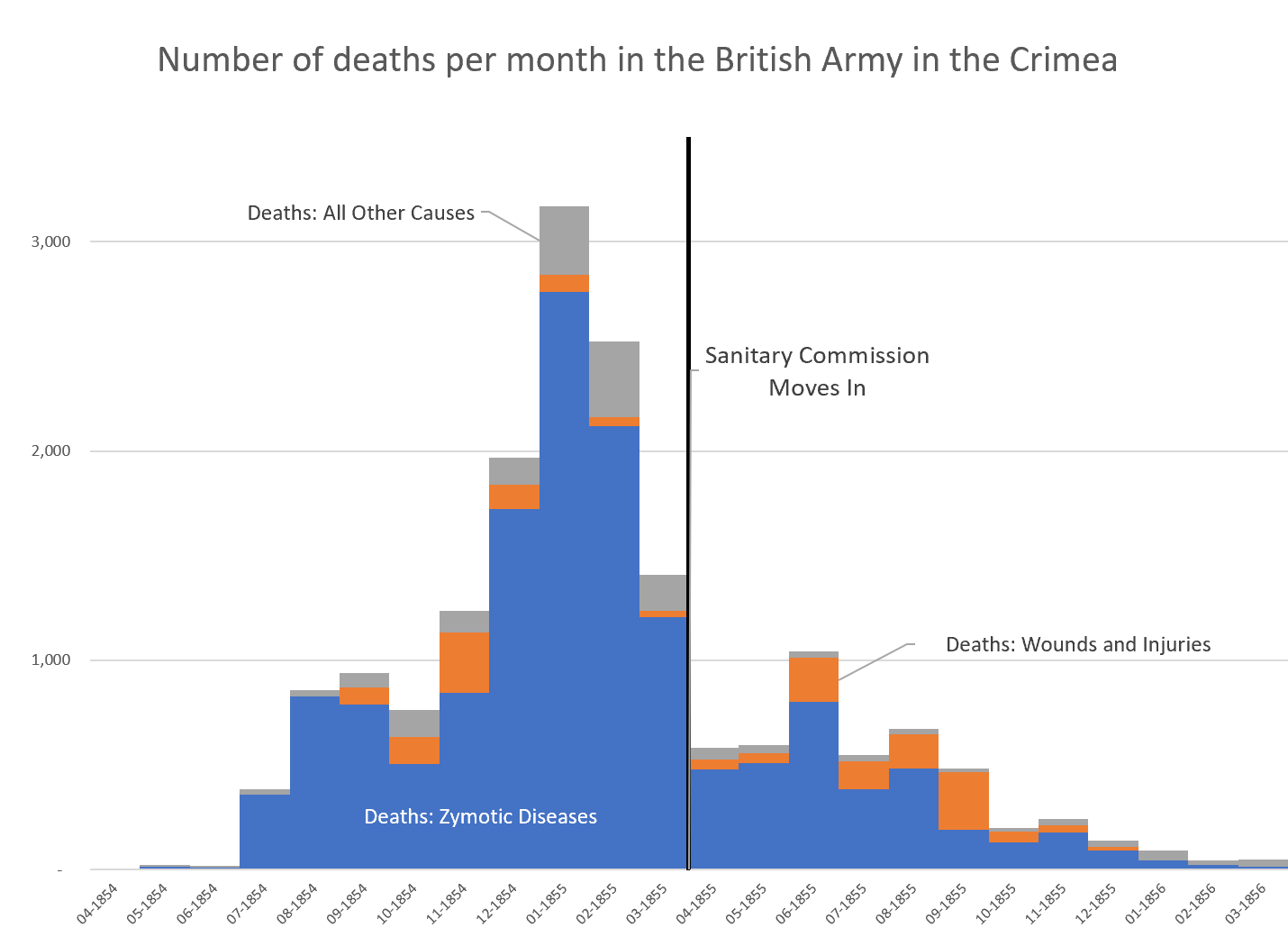Video:
Description:
I review national-level U.S. mortality data from 2020 into 2021 (last updated 3/17/2021, weekly data through the week ending 3/6/2021), using the CDC’s own dashboards.
Breakdown by total numbers, states, age group, racial/ethnic group, non-COVID major causes.
CDC excess mortality dashboards: https://www.cdc.gov/nchs/nvss/vsrr/covid19/excess_deaths.htm
Author(s): Mary Pat Campbell
Publication Date: 18 March 2021
Publication Site: Meep’s Math Matters at YouTube
